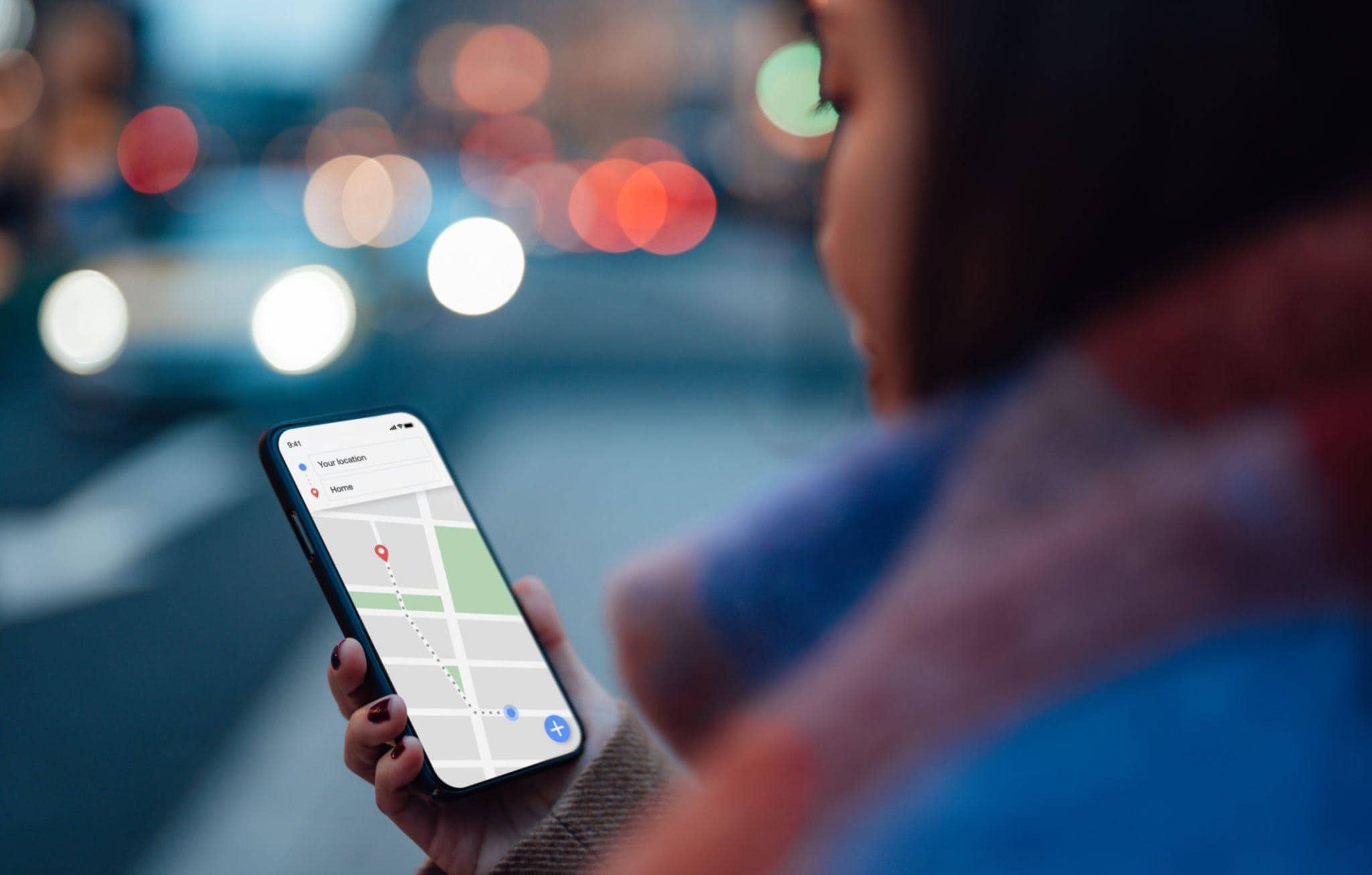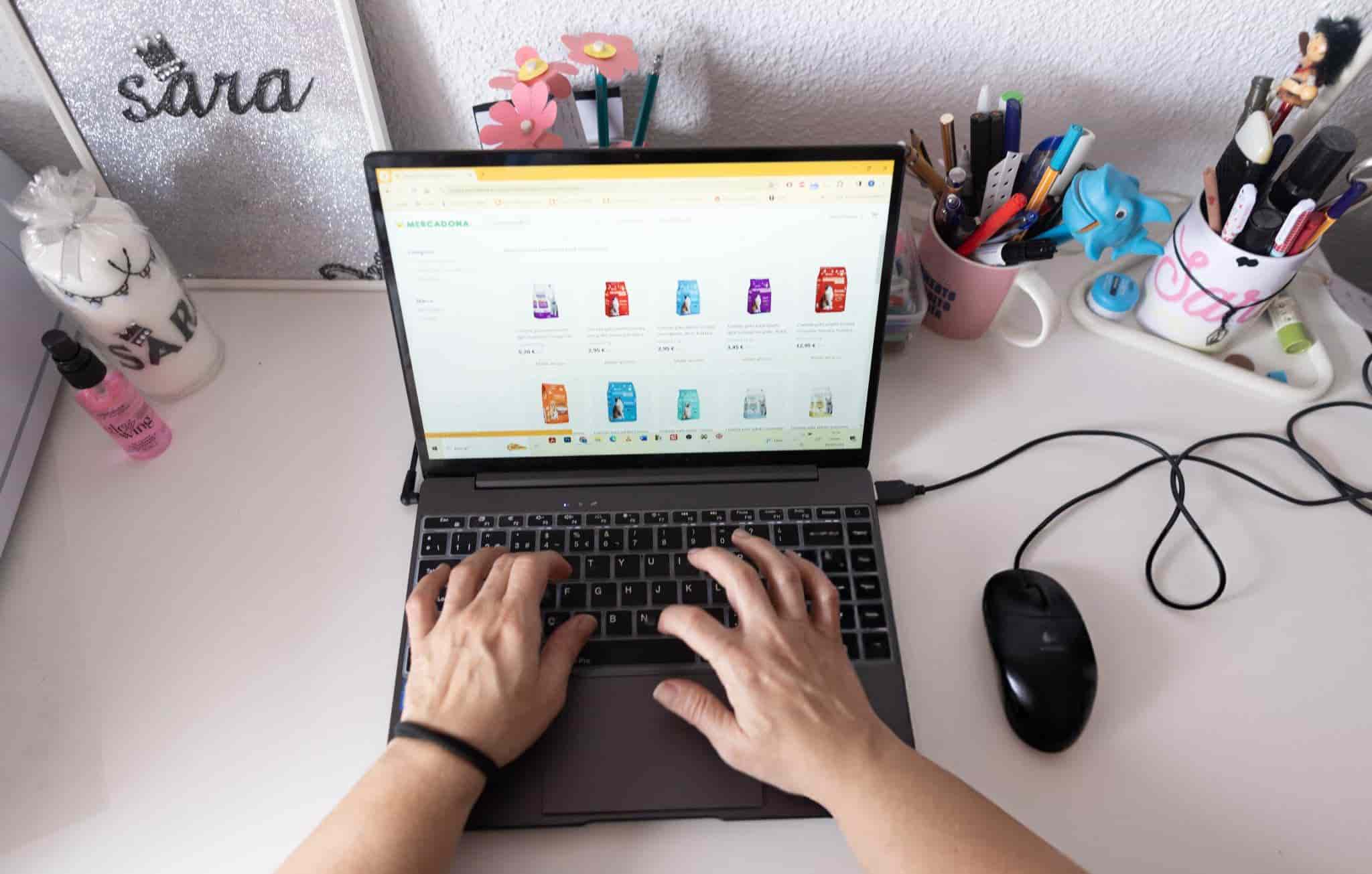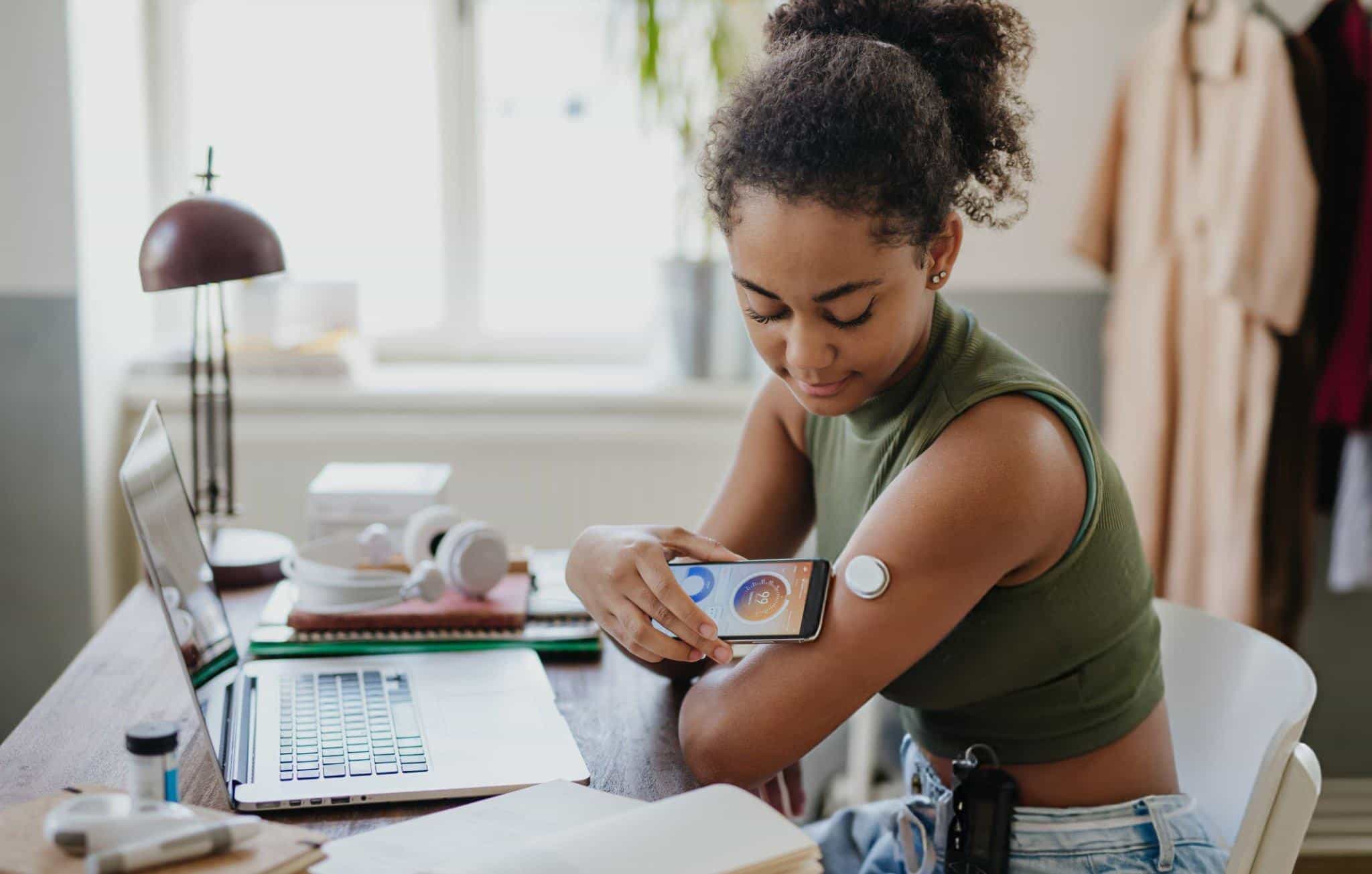Applications and Uses of Indoor Location Mapping Technology
Indoor location mapping technology helps users navigate large spaces like malls and hospitals using GPS, Wi-Fi, and Bluetooth. It enhances customer experience with features like real-time tracking, asset management, and geofencing. This technology improves efficiency and security in industries such as retail, healthcare, and transportation.
Have you ever found yourself lost in a big building, like a shopping mall or hospital? It's easy to feel confused trying to find your way. Indoor location technology for mapping offers a great solution to this common problem.
This tech creates detailed maps of inside spaces, making it easier for people to navigate large buildings.
One interesting fact is that indoor positioning systems (IPS) can locate objects or people within buildings using radio waves, magnetic fields, acoustic signals, or other sensory information collected by mobile devices.
Overview of Indoor Location Mapping Technology
Indoor location mapping technology transforms how we visualize and use indoor spaces. This innovative approach allows businesses to create detailed maps that enhance navigation and improve user experience within buildings.
What is indoor mapping?
Indoor mapping refers to the process of creating detailed maps of indoor spaces. These maps can show various features such as rooms, hallways, and entrances. Businesses use indoor location mapping technology to help users find their way within large buildings or complexes.
To create these maps, companies utilize a combination of technologies like GPS, Wi-Fi signals, and Bluetooth beacons. They gather data about an environment's layout and then build interactive digital maps.
Indoor navigation software enables users to interact with these maps for seamless wayfinding solutions in places like shopping malls and healthcare facilities.
How are indoor maps created?
Indoor maps are made using various methods and technologies. First, businesses collect data from the indoor environment. They use tools like laser scanners or mobile devices equipped with sensors to gather information about layout and features.
This data then goes into mapping software that creates detailed floor plans.
Teams often utilize Geographic Information System (GIS) technology for precise measurements. They integrate layers of information such as entrances, exits, and points of interest into a single map.
This process helps in developing an accurate representation of spaces like shopping malls and corporate offices. With well-crafted maps, organizations can enhance experiences for visitors and staff alike.
Next, we will explore practical applications of indoor location mapping technology across different fields.
Benefits of indoor mapping software
Indoor mapping software offers various advantages to businesses and institutions. This technology improves efficiency and enhances customer experience.
-
Accurate navigation leads people seamlessly through complex indoor spaces. Customers quickly find stores, restrooms, or other important amenities using indoor wayfinding technology.
-
Geofencing allows companies to send targeted promotions to customers based on their location within a venue. Businesses can engage clients with real-time notifications about deals or events nearby.
-
Asset tracking becomes easier with indoor location tracking systems. Organizations can monitor high-value items such as equipment or inventory in real time, reducing loss and ensuring availability.
-
Indoor mapping technology helps improve emergency response times in facilities like healthcare centers and corporate offices. First responders access detailed maps to reach critical areas swiftly during emergencies.
-
Enhanced data analytics provide insights into foot traffic patterns within shopping malls and transportation hubs. Businesses can make informed decisions about layout changes or marketing strategies based on this information.
-
Mobile app development integrates easily with indoor positioning systems (IPS). Customers enjoy a seamless experience when navigating venues through user-friendly apps designed for both iOS and Android devices.
-
Improved customer satisfaction occurs as patrons enjoy easier access to services and amenities within a venue. Comfort increases when individuals experience less frustration while searching for locations indoors.
-
Customizable features allow institutions to adapt the software according to their specific needs and goals, creating an efficient indoor mapping system that supports diverse business models.
-
Collaboration opportunities arise between different industry sectors utilizing indoor localization technologies effectively, fostering innovation among businesses exploring similar applications of the technology.
-
Competitive advantage strengthens as businesses adopt modern solutions like indoor mapping software, setting themselves apart from others who lag in implementing advanced technologies.
Practical Applications of Indoor Location Mapping Technology
Indoor location mapping technology enhances various sectors, improving efficiency and customer experiences. Users can efficiently navigate spaces like shopping malls, healthcare facilities, and corporate offices with ease.
Shopping malls
Shopping malls benefit greatly from indoor location mapping technology. This innovation helps customers find stores quickly and easily. With interactive indoor maps, shoppers can locate their favorite brands without frustration.
Retailers can engage visitors through geofencing, sending targeted offers based on proximity.
Real-time tracking enhances customer experiences as people receive updates on sales or events in the mall. Asset tracking allows management to keep tabs on inventory efficiently. Implementing an indoor positioning system (IPS) streamlines operations and improves visitor satisfaction.
Next, explore how healthcare facilities leverage this technology for better patient navigation and resource management.
Healthcare facilities
Indoor location mapping technology plays a crucial role in healthcare facilities. It enhances patient experience and improves operational efficiency. Hospitals can develop accurate indoor maps that guide patients to their desired locations without confusion.
Staff can locate medical equipment quickly through asset tracking features, which saves valuable time during emergencies.
Geofencing capabilities allow hospitals to monitor restricted areas effectively. Staff members receive alerts when someone enters these zones, ensuring safety protocols remain intact.
Indoor positioning systems (IPS) assist with real-time tracking of patients, making it easier for caregivers to provide timely assistance. By implementing this technology, healthcare providers create a safer and more efficient environment for both patients and staff.
Corporate offices
Indoor location mapping technology plays a significant role in corporate offices. This technology streamlines the navigation process within large office buildings. Employees can easily find meeting rooms, restrooms, and other essential facilities using indoor positioning systems (IPS).
Geofencing also enhances security by monitoring employee movements in sensitive areas. Additionally, asset tracking helps companies manage equipment efficiently. With real-time tracking enabled by IoT devices, businesses can maximize productivity and ensure a smooth flow of operations in their workspaces.
Transportation hubs
Transportation hubs serve as critical points for passenger movement. They face unique challenges like high foot traffic and complex layouts. Indoor location mapping technology offers solutions to improve the experience for travelers.
Users can access real-time tracking of their routes within airports or train stations. These indoor positioning systems (IPS) simplify navigation, making it easier to find gates, restrooms, and shops.
Geofencing enhances safety by alerting users about restricted areas in transportation hubs. Asset tracking capabilities ensure that valuable equipment remains secure and readily available.
Businesses can greatly benefit from implementing such efficient systems in these bustling environments. Next, we will explore the key features and benefits of indoor mapping for various industries.
Theme parks and resorts
Theme parks and resorts thrive on creating memorable experiences. Indoor location mapping technology enhances visitor engagement in these settings. Guests can easily navigate their favorite attractions, restaurants, and restrooms using accurate indoor maps.
This technology supports real-time tracking of visitors' locations.
Businesses in the theme park industry benefit from features like geofencing. They can send targeted promotions to guests based on their location within the park. Efficient asset tracking aids staff in managing equipment and ensuring safety across sprawling areas.
With a seamless indoor positioning system (IPS), parks provide a better experience while boosting operational efficiency.
Key Features and Benefits of Indoor Mapping for Different Industries
Indoor mapping offers essential features that enhance operational efficiency. Industries can improve customer experiences and streamline processes through effective asset tracking and precise navigation solutions.
Indoor navigation
Indoor navigation plays a crucial role in enhancing user experiences within buildings. It enables visitors to find their way through complex spaces like shopping malls and corporate offices.
This technology uses indoor positioning systems (IPS) to provide real-time tracking for users. By integrating location tracking technology, businesses improve customer satisfaction significantly.
Companies can implement geolocation features that guide users step-by-step. These features benefit both customers and venue operators by reducing confusion and wait times. Accurate indoor maps allow efficient movement in healthcare facilities, transportation hubs, and theme parks.
With robust indoor mapping solutions, organizations can streamline operations while improving accessibility for all visitors.
Geofencing
Geofencing acts as a powerful tool for businesses using indoor mapping technology. It creates virtual boundaries around specific areas within a venue. When customers enter these defined zones, they can receive targeted notifications or offers.
This real-time tracking enhances customer engagement and based on location-based services.
Companies in various sectors benefit significantly from geofencing. For instance, shopping malls can send alerts about sales or events to shoppers nearby. Healthcare facilities might use it to track equipment within the premises efficiently.
Corporate offices can improve security by monitoring access points through their indoor positioning system (IPS).
Asset tracking
Asset tracking plays a vital role in many industries. Businesses use indoor positioning technology to monitor valuable assets in real time. With an indoor positioning system (IPS), companies can view the exact location of equipment, inventory, or tools within their facilities.
Hospitals benefit significantly from this technology by keeping track of medical devices and supplies. Shopping malls employ asset tracking to manage store inventory efficiently. This mapping technology improves operational efficiency and minimizes loss, making it invaluable for various sectors looking to optimize their resources.
Real-life case studies
Real-life case studies demonstrate the effectiveness of indoor location mapping technology. For instance, a major shopping mall in California implemented an IPS to help customers find stores quickly.
Shoppers now use their smartphones to receive real-time tracking information about sales and promotions nearby. This improved customer experience boosted foot traffic significantly.
Healthcare facilities also benefit from this technology. One hospital in New York adopted geospatial mapping for asset tracking and patient navigation. Staff can locate medical equipment instantly, reducing delays during emergencies.
Patients appreciate receiving directions to departments via their mobile devices, enhancing overall satisfaction with the facility's services.
Choosing the Right Indoor Positioning System
When businesses choose the right indoor positioning system, they assess accuracy and cost. They also consider maintenance needs and implementation options that suit their specific requirements.
Accuracy
Accuracy plays a vital role in indoor positioning systems (IPS). High accuracy improves client-based indoor localization and enhances user experience. Many businesses strive for precise location tracking within their spaces.
A well-functioning IPS can achieve an accuracy level of up to 1-3 meters. This precision is critical for applications like asset tracking and navigation technology.
Choosing the right system impacts the overall effectiveness of indoor mapping solutions. Factors such as the technology used and environment can affect performance. Retailers benefit from accurate real-time tracking to guide customers through shopping malls.
Healthcare facilities rely on accurate maps to optimize patient flow and locate essential equipment swiftly.
Cost
Cost plays a significant role in choosing an indoor positioning system (IPS). Businesses must evaluate their budgets while considering various options. Client-based and server-based indoor localization systems can vary widely in price.
Depending on the scale of implementation, costs can range from thousands to millions of dollars.
Ongoing expenses also matter. Maintenance, updates, and training for staff add to total costs over time. Many companies benefit from location-based services that enhance customer experiences without breaking the bank.
Investing wisely helps businesses optimize their operations using real-time tracking and asset management features found in effective indoor mapping technology.
Maintenance
Maintenance plays a crucial role in the success of an indoor positioning system (IPS). Regular updates and checks ensure that maps remain accurate. Businesses should schedule routine assessments to maintain optimal performance.
They can identify issues early before they lead to bigger problems.
Investing time in maintenance keeps systems running smoothly. This practice enhances location-based services, allowing users to benefit from real-time tracking. By prioritizing upkeep, companies can provide an excellent experience for customers and employees alike.
With proper maintenance strategies, businesses maximize the efficiency of their indoor location mapping technology.
Implementation options
Maintaining an effective indoor positioning system (IPS) requires thoughtful planning. Numerous implementation options cater to various business needs.
-
Client-based indoor localization uses users' smartphones or devices for tracking. This method reduces infrastructure costs by relying on existing hardware.
-
Server-based indoor localization relies on centralized servers for processing data. It offers higher accuracy and is suitable for large facilities needing real-time tracking.
-
Hybrid systems combine client-based and server-based methods. They provide flexibility and optimize performance in different environments.
-
Wi-Fi-based systems use existing wireless networks for positioning. Many businesses already have Wi-Fi infrastructure, making this a cost-efficient choice.
-
Bluetooth Low Energy (BLE) beacons play a crucial role in asset tracking and navigation indoors. These small devices send signals to nearby smartphones, pinpointing location accurately.
-
RFID tags offer another option for tracking assets in healthcare facilities or corporate offices. They work best within short ranges, providing precise location data.
-
Infrastructure requirements vary based on the chosen system. Some options need minimal adjustments while others require major installations to support indoor mapping software effectively.
-
Data privacy remains a top priority during implementation. Users must balance location-based services with customer consent to maintain trust and comply with regulations.
-
Maintenance procedures should be established once the system is operational. Regular updates ensure accuracy and efficiency in the long run, benefiting both customers and venues.
-
Employee training plays a vital role in successful implementation of any indoor positioning system (IPS). Staff should understand how to utilize these technologies fully, enhancing overall user experience.
Benefits of indoor mapping for customers and venues
Indoor mapping significantly enhances the customer experience and operational efficiency in various venues. Businesses that adopt this technology can enjoy multiple advantages.
-
Indoor maps give customers easy access to important information. They can quickly find stores, restrooms, and exits in shopping malls or theme parks.
-
Businesses can enhance safety with real-time tracking. Customers receive notifications about safety protocols or emergency alerts during critical situations.
-
Asset tracking improves inventory management for venues. Companies save time and reduce costs by knowing the precise location of equipment or supplies.
-
Indoor navigation helps customers plan their visits more effectively. Customers can reach their desired destinations without frustration, increasing their satisfaction.
-
Geofencing creates targeted marketing opportunities for businesses. Companies send personalized offers to customers based on their location within a venue.
-
A well-designed indoor positioning system (IPS) builds customer loyalty. Consistently providing great experiences encourages repeat visits to facilities like healthcare or corporate offices.
-
Indoor mapping improves accessibility for all customers. It provides clear paths for individuals with disabilities, ensuring everyone can navigate venues confidently.
-
Enhanced operational efficiency allows staff to respond faster to customer needs. Employees can locate clients easily in crowded environments like transportation hubs.
These benefits illustrate how indoor mapping revolutionizes location-based services while enriching both customer experiences and venue operations.
Conclusion
Indoor location mapping technology offers many benefits for various industries. Businesses can enhance customer experiences through accurate navigation and real-time tracking. Healthcare facilities can manage assets more effectively, improving patient care.
Transportation hubs benefit from efficient logistics and crowd management. With the right indoor positioning system, venues gain a competitive edge in serving their clients better.

Subscribe & get all related Blog notification.





Post your comment